All About Flying Squirrels
There are several types of squirrels across the globe, and many within the United States as well. Infamous across the country for their pestering of dogs and hounding of bird feeders, the various squirrel species have adapted to a multitude of environments and habitats. One group of squirrels, comprising around fifty species, are flying squirrels. These squirrels do not actually fly, as bats are the only mammals that can truly fly. They can glide over fairly long distances, however.
General Overview
Flying squirrels tend to be larger than other squirrel species, or at least they appear that way because they have a long tail to assist with areal movements, as well as the extra skin to capture air for gliding travel. PestWorld.org describes their various appearances being “relatively small, as their head, body, and tail length totals around 10 inches. On average, they weigh anywhere from 2 to 6 ounces.
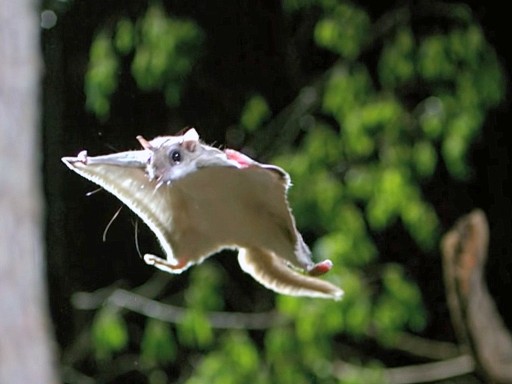
Flying squirrels have large black eyes and 22 teeth. They have two loose folds of skin between front and hind legs that help them glide distances of more than 80 yards. Northern flying squirrels are covered in very soft, rich brown fur. Their underbellies are white at the tips only with the bases lead colored near the skin. Southern flying squirrels have thick, soft, glossy grayish to olive brown fur with white underbellies.” While other squirrels tend to spend a fair bit of the time on the ground, flying squirrels prefer to stick to the trees. As a result of this, flying squirrels tend to inhabit large woodlands, and thus they can be found across the United States and beyond. From temperate to tropical and even high mountains barely capable of supporting trees, you can find flying squirrels.
Like most rodents, they are fast, but seasonal, breeders. They also tend to have a short natural lifespan, living for only about four years at best in the wild. Like most animals, in captivity, they can live much longer without the threat of predation. Flying squirrels can actually live up to fifteen years in captivity, which is on par with many breeds of cat. As far as habitat is concerned, the various species of flying squirrels naturally prefer wooded areas, though some do like to dig burrows.
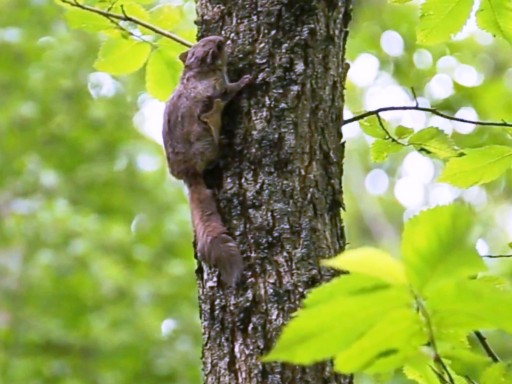
They are also primarily nocturnal, and, burrow or not, tend to spend most of their time amongst the trees. Like many rodents, flying squirrels are very adaptable. As alluded to earlier, they can inhabit all manner of environments as long as there are plenty of trees. Much like they can live in a variety of locations, their diet, too, can be incredibly, even surprisingly, varied.
Diet and Nesting
The natural diet of the various flying squirrel species depends, obviously, on where they live. Fruits, fresh shoots, fungi, and seeds are extremely common parts of various flying squirrel diets. Some of the smaller species of flying squirrels are known to eat insects, spiders, and even small vertebrates like lizards and frogs. The wide travel range of these rodents belies a strong streak of territoriality. Squirrels in general can be aggressive and assertive if they need to be, and their gliding brethren are no exception.
As far as habitat is concerned, the various species of flying squirrels naturally prefer wooded areas, though some do like to dig burrows. They are also primarily nocturnal, and, burrow or not, tend to spend most of their time amongst the trees. Like many rodents, flying squirrels are very adaptable.
As alluded to earlier, they can inhabit all manner of environments as long as there are plenty of trees. Much like they can live in a variety of locations, their diet, too, can be incredibly, even surprisingly, varied. Though they glide instead of fly, these squirrels do have a lot of control over their aerial travel pattern. This is thanks to their long tails. As a primarily arboreal type of squirrel, they manage to look graceful in the air and scuttling amongst the trees.
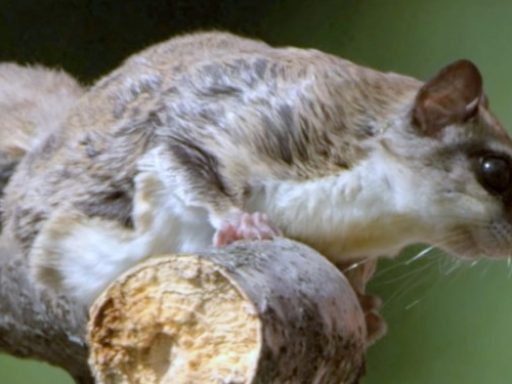
Whether those trees are in the southern tropics, the temperate woods of the Midwest, or even the cooler zones bordering mountain timber lines, you can find flying squirrels just about anywhere.
Conclusion
Small and cute like most rodents, as long as those squirrels are outside amongst the trees keeping to themselves, they’re not really a pest. Their territorial streak and varied diet allow them a wide range of habitat, and they have taken advantage of that to live pretty much wherever there are trees.
Select Your Animal

Raccoons
Raccoon Removal Information & How-To Tips
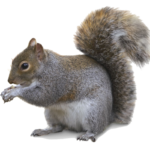
Squirrel
Squirrel Removal Information & How-To Tips
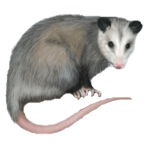
Opossum
Opossum Removal Information & How-To Tips
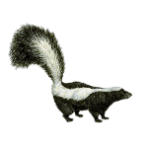
Skunks
Skunks Removal Information & How-To Tips
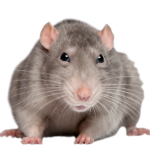
Rats
Rat Removal Information & How-To Tips

Mouse
Mouse Removal Information & How-To Tips
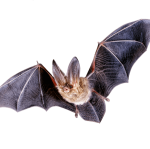
Bat
Bat Removal Information & How-To Tips
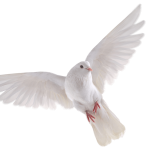
Bird
Bird Removal Information & How-To Tips
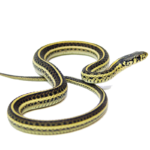
Snake
Snake Removal Information & How-To Tips
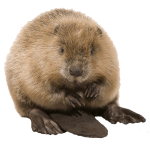
Beaver
Beaver Removal Information & How-To Tips
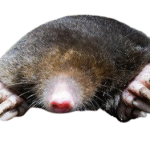
Mole
Mole Removal Information & How-To Tips
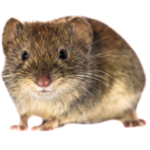
Vole
Vole Removal Information & How-To Tips
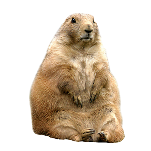
Gopher
Gopher Removal Information & How-To Tips
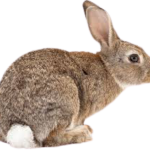
Rabbit
Rabbit Removal Information & How-To Tips
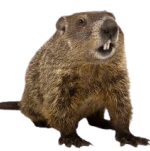
Woodchuck
Woodchuck Removal Information & How-To Tips
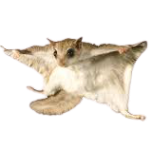
Flying Squirrel
Flying Squirrel Removal Information & How-To Tips
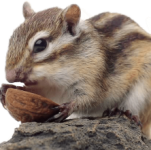
Chipmunk
Chipmunk Removal Information & How-To Tips
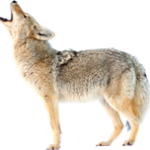
Coyote
Coyote Removal Information & How-To Tips
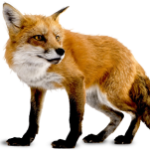
Fox
Fox Removal Information & How-To Tips
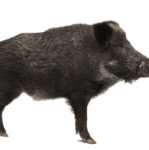
Wild Hog
Wild Hog Removal Information & How-To Tips
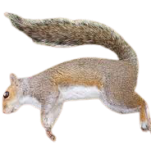
Dead Animal
Dead Animal Removal Information & How-To Tips